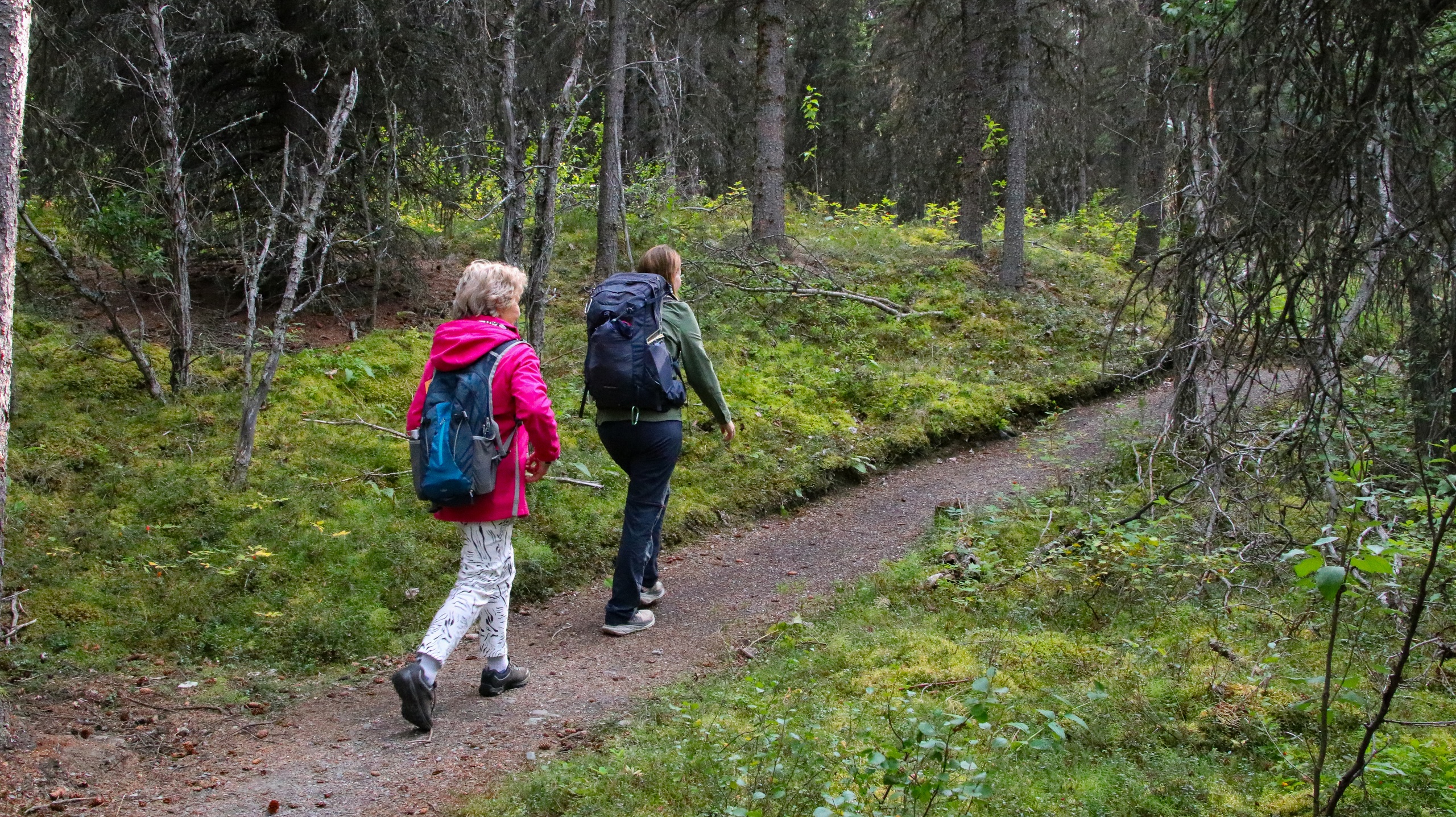Rainforest to Roaring Surf: A Day Inside Great Otway National Park
From fern gullies to the lighthouse edge—an hour-by-hour playbook for an Otways day done right.
Dawn in the Otways arrives soft and damp, the forest waking with a breath you can hear. Fern fronds uncoil like curious hands, and the whipbird cracks the morning open. On the Maits Rest boardwalk, the earth is spongey beneath ancient myrtle beeches, every trunk filmed with moss that glows in the low light. A breeze sneaks in from the Bass Strait, carrying salt and the promise of the coast, and the rainforest seems to lean toward it as though the sea is calling the trees down to the cliffs. Here, in Great Otway National Park, the day stretches from cool, dripping green to high blue horizons where the Southern Ocean hammers the shore and dares you to stand a little closer.
Trail Wisdom
Respect the boardwalks
Stay on formed tracks at Maits Rest and Triplet Falls—off-trail footprints crush delicate mosses and fungi and speed erosion on wet slopes.
Glow worm etiquette
At Melba Gully, use a red light or very dim headlamp, avoid flash photography, and let your eyes adjust for 5–10 minutes for the best bioluminescence.
Post-rain realities
Expect slick stairs, mud, and leeches after heavy rain; wear long socks or gaiters and carry a small towel to clean up back at the car.
Coastline caution
Beaches and rock shelves can be hazardous; check tides and only swim at patrolled Apollo Bay. Rogue waves are real along this coast.
Local Knowledge
Hidden Gems
- •Melba Gully’s glow worm grotto after rain
- •Lake Elizabeth at dawn for mist and possible platypus ripples
Wildlife
Koalas, Swamp wallabies
Conservation Note
Stay on formed tracks to protect fragile mosses and ferns, and brush boots to prevent spreading Phytophthora root rot. Pack out all rubbish and keep wildlife wild—no feeding.
The park sits on Gadubanud Country, and in 2005 the former Otway State Forest was merged with coastal reserves to create Great Otway National Park. Cape Otway Lightstation has guided ships since 1848 along the notorious Shipwreck Coast.
Seasonal Guide
spring
Best for: Waterfalls at peak flow, Wildflowers and fungi
Challenges: Slick tracks, Changeable showers
Cool, fresh days and fast-running creeks make spring ideal for rainforest walks and photography.
summer
Best for: Long beach walks, Koala spotting on Lighthouse Road
Challenges: Heat and UV, Snakes on warm tracks, higher visitation
Warm and busy—start early, carry extra water, and plan coastal sections for mornings or late afternoons.
fall
Best for: Settled weather, Clear views and fewer crowds
Challenges: Shortening daylight, Cooler evenings
Autumn offers stable conditions and comfortable hiking temperatures—prime time for a big day linking forest and coast.
winter
Best for: Storm watching, Whale sightings off Cape Otway
Challenges: Cold, wind, and heavy rain, Occasional track closures
Moody and dramatic; pack waterproofs and check Parks Victoria updates before you go.
Photographer's Notes
What to Bring
Lightweight waterproof shellEssential
The Otways make their own weather; a shell keeps you dry when showers roll through.
Sturdy hiking shoes or boots with gripEssential
Wet boardwalks and rooty trails demand reliable traction.
Insect repellent and gaiters
Useful in damp gullies for leeches and mozzies after rain.
Headlamp with red-light mode
Perfect for respectful glow worm viewing at Melba Gully without ruining your night vision.
Common Questions
Do I need a pass to enter Great Otway National Park?
Day entry is free, but campground and lighthouse precinct access require fees or bookings. Check Parks Victoria and Cape Otway Lightstation for current prices.
Are dogs allowed on the trails?
Dogs are not permitted in most areas of Great Otway National Park, including rainforest walks and beaches within the park boundary. Look for signed exceptions outside the park.
Can I swim at beaches in the park?
Conditions can be hazardous. Swim at patrolled Apollo Bay or simply enjoy coastal walks at Blanket Bay and Parker Inlet; always check tides and surf conditions.
Is a 2WD vehicle enough for popular sites?
Yes. Main access roads to Maits Rest, Triplet Falls, Hopetoun Falls, and Cape Otway are sealed or well-graded. Some forest tracks are unsealed and may be rough after storms.
When can I see glow worms?
After dark at Melba Gully, especially on damp, cool nights. Keep lights low or red-filtered and avoid flash photography to protect the colony.
Where can I camp in the park?
Book ahead at Parks Victoria sites like Blanket Bay, Parker Hill, and Aire River (West/East). Facilities are basic; bring water and pack out all waste.
What to Pack
Waterproof shell for sudden showers; grippy hiking shoes for slick steps; 2 liters of water and snacks for remote sections; red-light headlamp to view glow worms responsibly after dark.
Did You Know
Cape Otway Lightstation, within Great Otway National Park, is Australia’s oldest surviving mainland lighthouse, first lit in 1848 to reduce shipwrecks along the treacherous coast.
Quick Travel Tips
Start early to beat coach crowds at Maits Rest and Triplet Falls; top up fuel and supplies in Apollo Bay; download offline maps as reception drops inland; check Parks Victoria for track closures after storms.
Local Flavor
Refuel in Apollo Bay with a scallop pie from Apollo Bay Bakery, then toast the day at Great Ocean Road Brewhouse with a local craft pour. If you linger near the lighthouse, pack a picnic—Blanket Bay is a sheltered cove where the forest meets the sea.
Logistics Snapshot
Closest airports: Avalon (AVV) and Melbourne (MEL). Drive time: Melbourne to Apollo Bay 3–3.5 hours via the Great Ocean Road. Trailheads: Maits Rest (15 min from Apollo Bay), Triplet Falls/Hopetoun Falls (~1 hour inland). Cell service: patchy to none in the forest; reliable in towns. Permits: Day use free; camping requires bookings; lighthouse precinct ticketed.
Sustainability Note
The Otways’ rainforest soils are fragile and home to sensitive mosses and fungi—stay on boardwalks, keep to formed tracks, and avoid creek-bed shortcuts. This coast is habitat for nesting shorebirds; give roped-off zones a wide berth.
Continue Reading

Canyon Wave: Rafting Denali’s Glacial Heart on the Nenana River
The Nenana River doesn’t whisper—it urges you forward. On the Canyon Wave run, you’ll punch through crisp, glacial rapids beneath Denali’s ramparts, trading roadside views for a front-row seat to Alaska’s wild hydraulics. Cold water, big smiles, and a canyon that knows how to keep pace.
Healy, Alaska

Chasing Light in Denali: An Afternoon Hike Across Taiga and Tundra
Trade the tour bus for tundra. This guided afternoon hike threads from shadowed spruce to open ridgeline, where Denali’s valleys breathe wide and the wind calls the cadence. Come for the views, stay for the stories beneath your boots.
Denali Park, Alaska

